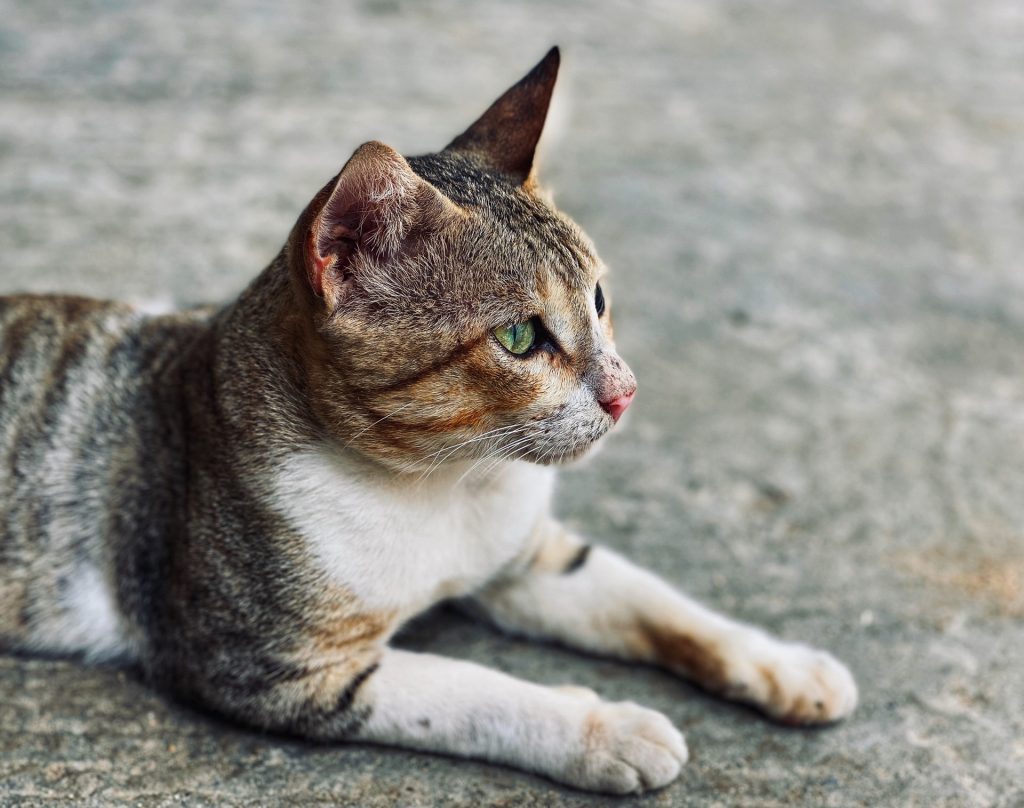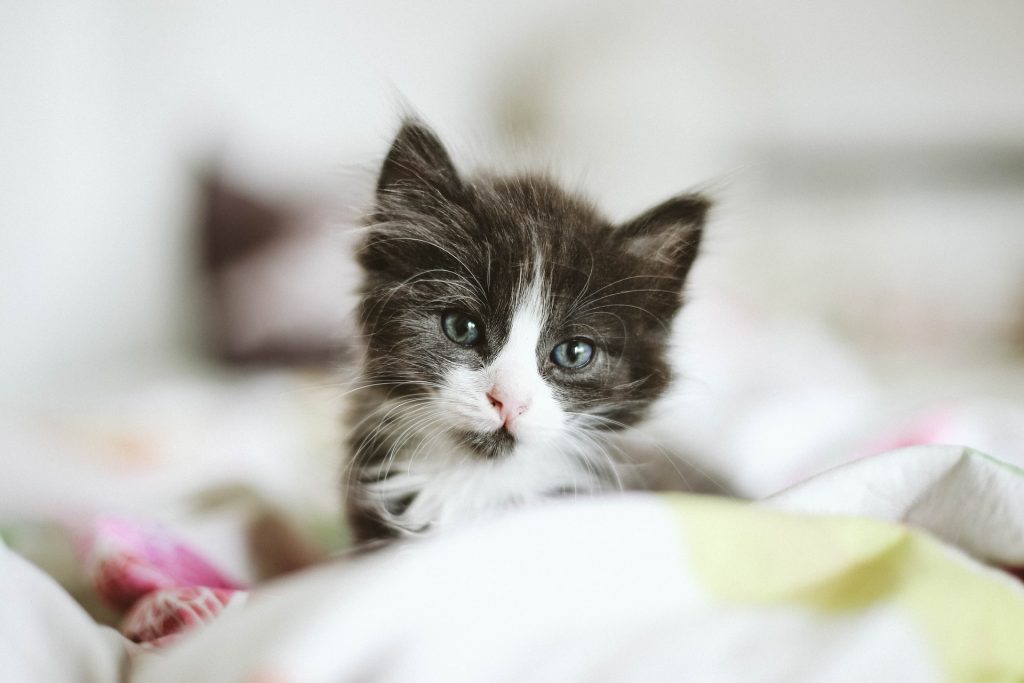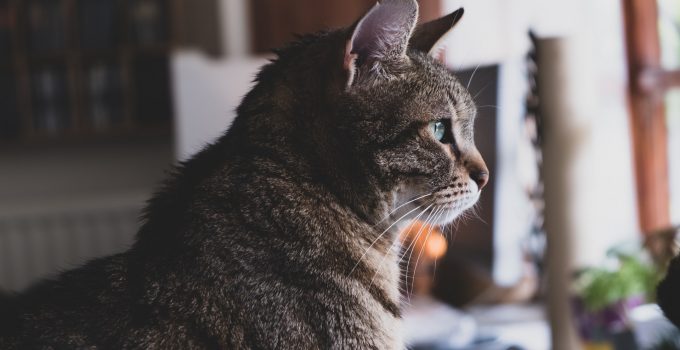Keeping pets would hardly be what it is today without the limitless love humans have towards the cats. Right up there with the dogs, felines are the most common, adored, and widespread pets no matter the culture, the country, or the part of the globe. Their cuteness, adorableness, and fluffiness are legendary, as is their internet fame and pop culture status.
These animals have been kept as pets for thousands of years and were even considered deities in ancient civilizations, especially Ancient Egypt. Their status in society has remained important and nowadays they are among the most popular animals. But how much does an average pet owner or just an average human know about them? Apart from what they like doing and their favorite snacks, how much do we know about feline anatomy, growth, and development?
It is known that they have nine lives and that stationary objects near the edges are in constant danger of being flipped over when kitties are around them. However, what about their maximum size and when they actually stop growing? Have you even though about this before? Probably not. And now you probably want to learn more. Well, you came to the right place since we are about to talk about when cats stop growing and how much they can grow.
To find out additional information about cats and browse some amazing products to help you entertain them, make sure to check out catorcat.com.
Feline Life Span

Source: unsplash.com
Before talking about when they stop growing, we must mention a thing or two about the average life cycle of domestic cats. From small kitten fur balls to majestic senior cats, it seems like they grow up to fast and that they remain around the same size all their life. But is this truly the case?
Cats are considered kittens until the six months of age. They absolutely grow the fastest and change the most during the initial six months of their lives. This period is also the most impressionable for them as they learn what it is like to be a cat and what they need to do to survive. A lot of silly situations tend to happen in the first half a year.
Junior cat phase lasts from the six months of age to 2 years old. Their maturity and growth increases and they require a lot of attention and playtime during this time. This gives them confidence and comfort as they develop relationships towards the people who live with them. This is the best time to try to develop habits and schedules when it comes to meal and cuddle time.
Prime adult period lasts between the third and sixth year of their lives, which is when they have settled into their lives and roles. This is also when they are the healthiest and most active, eating the most and running around, and hanging out with other cats in the neighborhood the most.
Mature adulthood period lasts from 7 to 10 years of age, and just like us humans, they become less and less active. This is considered a less active time of life in which they relax, nap, and just walk around slowly. Gaining weight is common and certain health issues relating to kidneys and diabetes may occur. You will notice far less jumpiness and climbing, and no more sudden moves. Such time is often related to grumpiness and laziness in cats.
The last stage of the life of cats is the senior age, which typically lasts from 11 to 14 years or until the end of a cat’s life. Lifespans vary and they largely have to do with the quality of life and the feline’s habits, but during this time their health usually deteriorates and they become very inactive.
When Do They Stop Growing?

Source: unsplash.com
While there have been many claims and studies carried out over the decades, most contemporary experts agree that cats usually reach adulthood at around 12 months of age, which means that after a year and somewhere in the middle of the junior stage they become full adults. While their behavior will change and they may be more or less active at times, this is when they can be consider grown in terms of maturity. When it comes to size though, they do not grow in consistency and they can reach their growth anywhere from a year and a half to 4 years.
It is easy to notice the changes when they are but small kittens, but years may pass and the cat will seemingly remain the same size once it grows into an adult. They double in size during the first week and add an ounce every few days. In addition, some breeds grow faster and some can reach much larger sizes than others. Larger breeds take longer to stop growing because they are able to grow more. The largest breed of domestic cats, the Maine coon, take around 4 years on average to reach maximum size. On the other hand, munchkin cats are smaller, shorter, and have shorter legs and they reach smaller max sizes.
How to Tell

Source: unsplash.com
If you are wondering how best to tell when your kitty cat has officially stopped growing, we must say that it depends on numerous factors, from quality of life to genetics. Paying strict attention to any change is size in important if you are to keep track, otherwise you may miss it entirely since you will be constantly looking at the cat. Measuring is the safest bet you can take. Once per month should do the trick, and as soon as a few months pass without changes, it probably means that your kitty is done with growing and you can officially label it as fully grown.
The weight can also come into play in determining how grown it is, especially once you notice it has gained some healthy weight. As mentioned, in older cats the weight will obviously increase but by then they will have already stopped growing entirely. If you think your cat is overweight at times just by looking at it, it may be the winter coat since they need more fur to stay warm. Some breeds look like completely different cats in summer and winter, which can be fun but also quite confusing!







